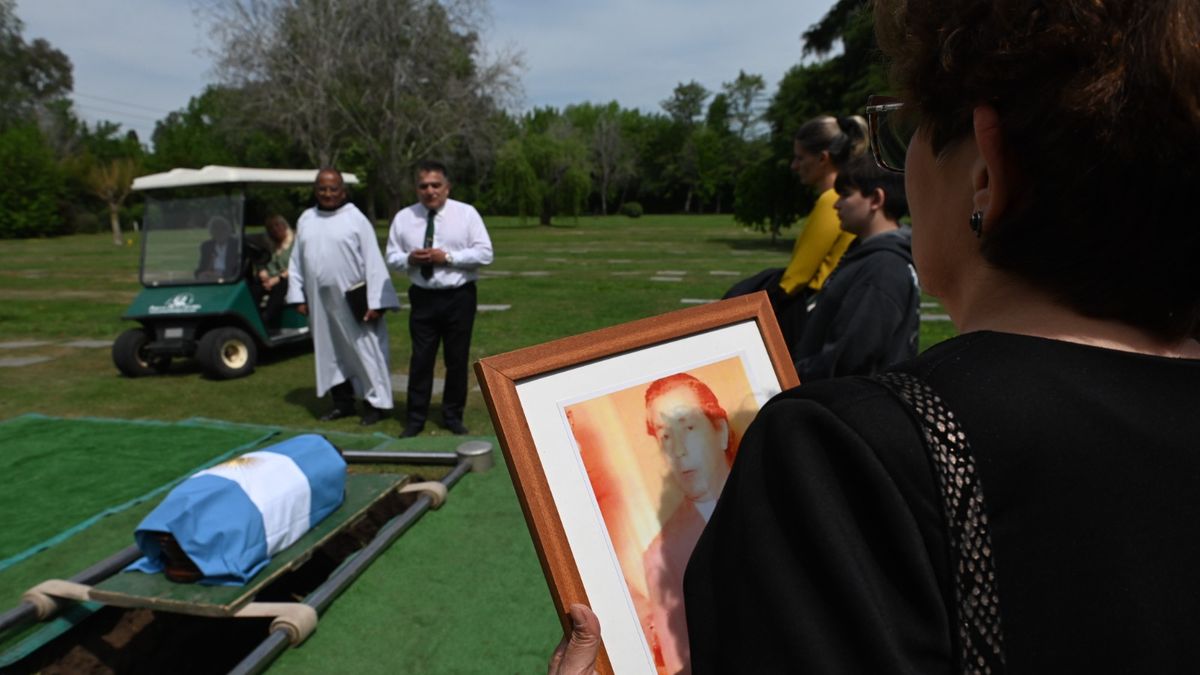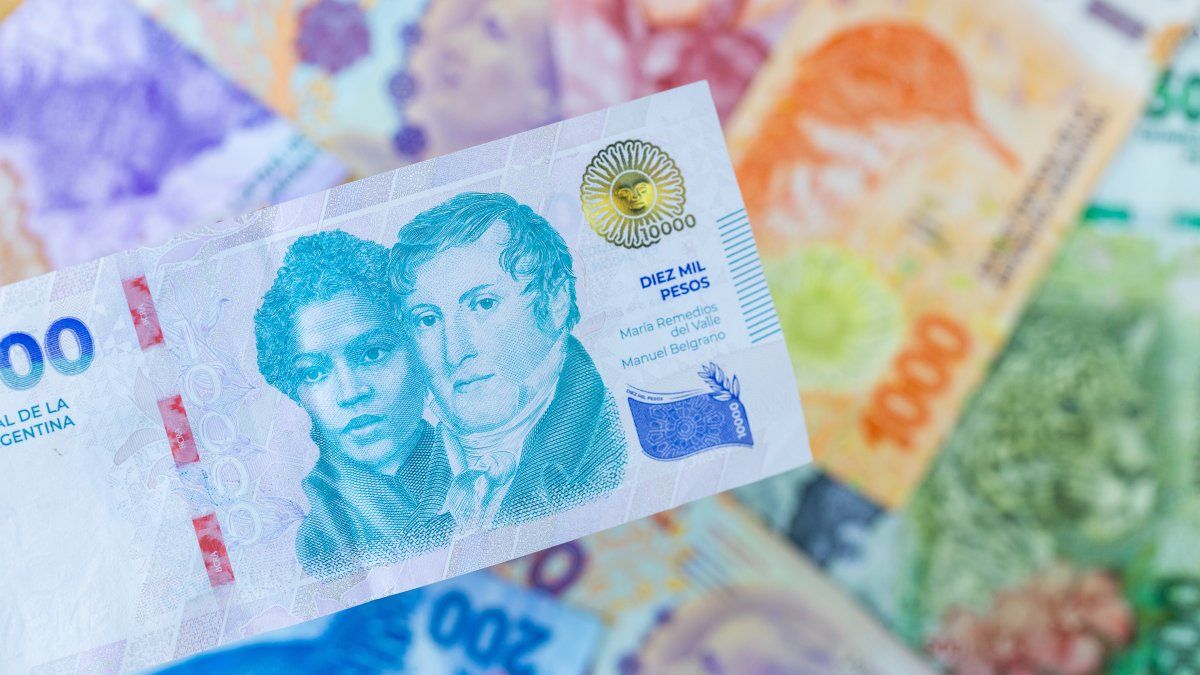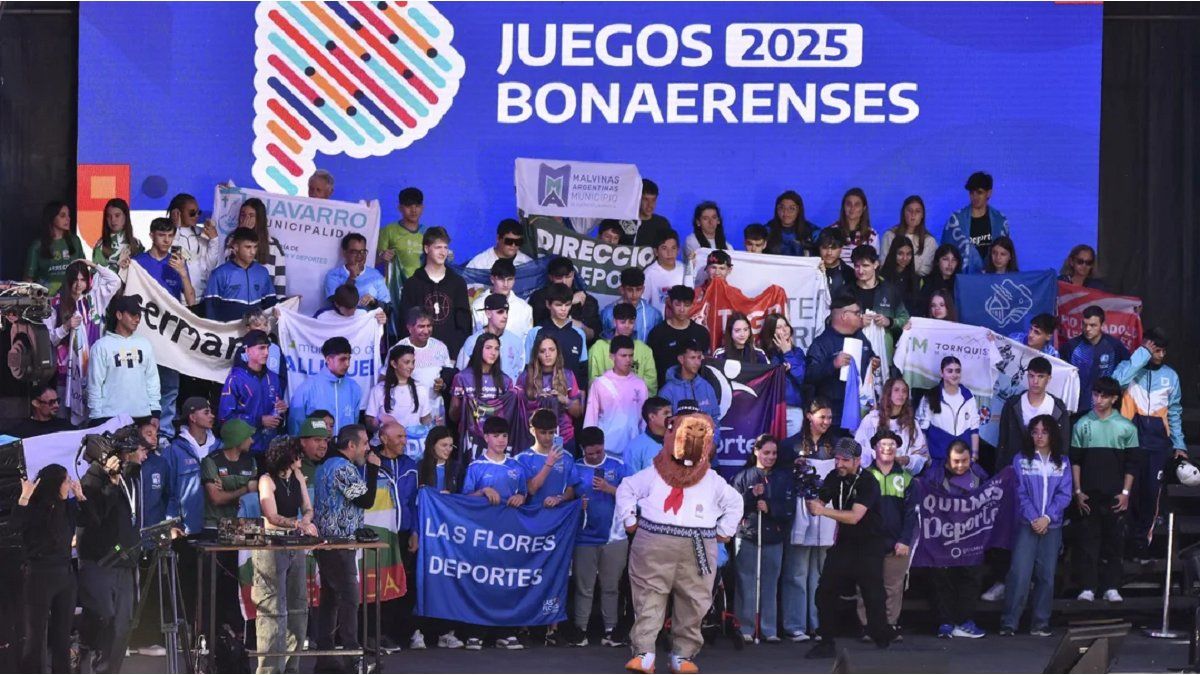When he completed his sentence, he returned to union political activity and in 1962 he was elected national deputy, although that step would be brief due to the coup d’état against Arturo Frondizi. “My uncle was everything for the family, he was the idol of his nephews and admired. He was a great self-taught person because he read a lot and that is why he presented interesting projects in the Chamber of Deputies for the benefit of the workers.“says Benito Vicente Romano (nephew), whose words express that admiration.
In 1965 he was elected, for the second time, national deputy, a position from which he denounced the serious economic crisis that existed in Tucumán and northern Argentina. While he was in that position, the Esperanza sugar mill, where he still worked, closed. Due to his push and that of FOTIA, a cooperative of plant employees was formed and it reopened in 1966, an unprecedented experience, of which he highlighted that “for the first time, the workers knew how much it cost to produce a kilo of sugar.” The process lasted a sigh because the coup d’état against Arturo Illia took place in June 1966, referenced in the dictator Juan Carlos Onganía, who ordered the closure of eleven sugar mills in Tucumán, Esperanza, among them, which meant the immediate unemployment of 50,000 workers.
Romano was left without a job but multiplied his activities in the FOTIA, returned to his union activity and joined the CGT of the Argentines, of which he would be its general secretary in the Tucum delegationan. This arm was born in 1968 when the General Confederation of Labor split into two: the CGT de los Argentinos and the CGT Azopardo.. The latter, with a conservative profile and that maintained dialogue with the dictatorship. There, on the front sidewalk, Romano found his place because this space was made up of different ideological currents that included left-wing Peronism, sectors of Marxism and militancy of Christian organizations.
“At that point, Romano was already a major national leader. And a particularity is that he came from the struggles of the 40s and 50s, he was not born into them in the 60s and 70s, so he became a bridge between generations. It weighed on the sugar movement but also on the student movement, which it accompanied in its own protests.. What’s more, in one of his interventions in front of the university students, who saw him with admiration and respect, he tells them that he learned from them, from that accompaniment,” Silvia Nassif, a doctor in History, who researched the resistance of the movement, told Ámbito. sugar mill to dictatorships and, among them, the figure of Romano.
Argentine Forensic Anthropology Team.jpeg
Members of the EAAF deliver Romano’s remains to his family.
Roman in the 70s
In 1973, when democracy returned, Romano manages to have the assets of the Esperanza sugar mill transferred to CONASA, a company with majority participation from the State that had been created, paradoxically, during the Onganía dictatorship. He sits on its board as representatives of the workers and while the repressive horror of “Operativo Independencia” wreaked havoc in Tucumán, the sugar workers achieved the promulgation of Decree 2,172, through which CONASA was authorized to reopen the Esperanza mill. Romano had finally achieved one of the most sought-after objectives during his commitment as a leader and he even met with Juan Domingo Perón and Isabel Martínez to manage it.
All this happened while his family home in Delfín Gallo, because he chose to live like a common worker, without luxuries or custody, was the epicenter of meetings. “I was a child but I remember that people would line up on the sidewalk to meet with my uncle, who had great patience and attended to everyone. They always left with some solution to the problems they posed to him. He was very loved and respected. And He asked his brother Antonio, my father, to give him the same name when he had a son. My old man didn’t hesitate for a second, he told me,” confesses Benito Romano, the nephew. The sugar leader had no family of his own, no wife, no children. He dedicated his life to union and political activities, perhaps from there he asked his brother for one of his children to bear his name.
In those years, Romano maintained a close bond with other important Tucumán leaders and also with national projection. Among them, with Isauro Arancibia, the teacher and union leader who was one of the founders of the Confederation of Education Workers of the Argentine Republic (CTERA) and general secretary of the Tucumana Association of Provincial Educators (ATEP); with Atilio Santillán, the combative general secretary of the FOTIA of those years and with Leandro Fote, a strong union member of the San José sugar mill, with Peronist roots and who later joined the Revolutionary Workers Party (PRT), who was elected deputy. provincial.
“He was a great articulator, he did not hesitate to meet and share struggles with men with whom he did not completely agree, from an ideological point of view, because the most important thing was to achieve the unity of the labor movement. That even gave him the opportunity to speak on behalf of workers before the International Labor Organization (ILO).“Nassif reported.
When everything seemed to be heading towards the reopening of the Esperanza mill, whose machinery had been zealously cared for since the 1960s by the dismissed workers to prevent it from being scrapped, so they were ready to be put into operation, the coup d’état took place on 24 March 1976. At that time, a gang entered the Romano family home to take Benito. Since they can’t find him, they break everything, loot the house and take his brother Francisco. In 1978, his brother Domingo, a union leader and Peronist activist, was also “sucked up”, who would never appear again and is missing.
Benedict Romano.jpeg

His kidnapping
Benito Romano travels to the Federal Capital a few days after the coup and settles in the Splendid hotel, at Rivadavia 950, where FOTIA leaders usually stayed, to try to obtain information on the fate of his brother Francisco, who was going to be released. a few weeks later. On April 14, an armed group enters the hotel and kidnaps the leader, who was 47 years old. He was fifteen days away from turning 48. Since then, although he was known and there was a great movement to find out about his fate, he was never heard from again, until a few days ago.
Eleven days later, on April 25, 1976, on Route 25, near the Luján River, a body was found with several bullet wounds. A shot. He was transferred to the municipal cemetery of Escobar and buried as “NN male”, although a death certificate was issued, number 115. Based on testimonies in several trials for crimes against humanity, in 2010, the Argentine Forensic Anthropology Team (EAAF) carried out exhumation of bodies in the Escobar cemetery, between August 3 and 4. Remains of 13 people were found. Four years earlier, relatives of the leader had left blood samples in the National Genetic Data Bank, hoping to one day find Romano’s remains.
“My uncle’s disappearance was as if an atomic bomb had fallen on the family, a disaster, a lot of pain. My dad woke up at night, cried, and went from being a happy guy to someone with deep sadness. For years my grandmother had clothes ready for when my uncle returned. And then what happened with my other uncle happened. Each one did what they could. For example, we moved to Buenos Aires, where my father got a good job. The family was divided,” recalls Benito, nephew.
The return
The identity determination techniques with which the EAAF They have made great progress in the last two decades, the result of the application of new technologies, especially in their Forensic Genetics Laboratory located in Córdoba and that is a world reference in that field.
Of those 13 remains that were exhumed in the Escobar cemetery, six could be identified through the application of state-of-the-art systems that made it possible to obtain new genetic markers that, in turn, made it possible to reach the identifications, it was reported. The last one was a few days before last October 17, when through a phone call the EAAF informed the Romanos that the body found on Route 25, near the Luján River, riddled with bullets, was that of the leader Benito. Vincent Romano48 years after the last time he was seen.
“From that moment I experienced a flood of memories that made me sad for everything I had suffered, but the most important thing is that now we are at peace.“, confessed his nephew. And he added that they did not doubt with his sister that, after the delivery of the remains, they should be buried on October 17, Peronist Loyalty Day, and buried next to the remains of his brother Antonio, his father, in the Parque de la Gloria cemetery.
The ceremony was simple but emotional. There were representatives of the Graphic union – which was part of the Argentine CGT -, there was the brother of the sugar leader Atilio Santillán, Hugo; and there were representatives of the Government of the Province of Buenos Aires. Nobody from the FOTIA, nor from Tucumán Peronism. “And to think that my uncle was one of those who consolidated and made FOTIA great, which seems to have forgotten him. But we did not give him importance, that is nothing for what Benito was, of whom I carry his name with pride,” lamented his nephew.
The memory of Juan Falú
The renowned Tucumán musician Juan Falú, who was active in Peronism in the 70s, in the university movement, met Benito Romano and shared acts. “Those years were a Tucumán that illuminated ideals of social justice that were achieved in the streets, in the factories, the furrows and in the classrooms. I remember October 17 in the early 1970s in Tucumán, with Raimundo Ongaro – general secretary of the graphic workers’ union – speaking as a genuine, noble and reliable leader, before the attentive and shocking silence of a working crowd, in the that Benito invited us to speak as representatives of the incipient university revolutionary Peronism,” he recalled to Ámbito. “That same unity would later be reflected in the Tucumanazo and Benito was always with words, accurate actions and with flags that will never be removed from our memories and our tomorrows,” he concluded.
Source: Ambito
I am an author and journalist who has worked in the entertainment industry for over a decade. I currently work as a news editor at a major news website, and my focus is on covering the latest trends in entertainment. I also write occasional pieces for other outlets, and have authored two books about the entertainment industry.




